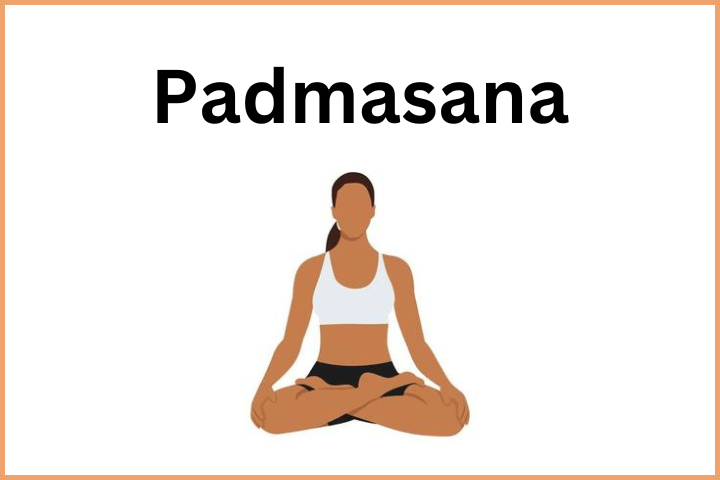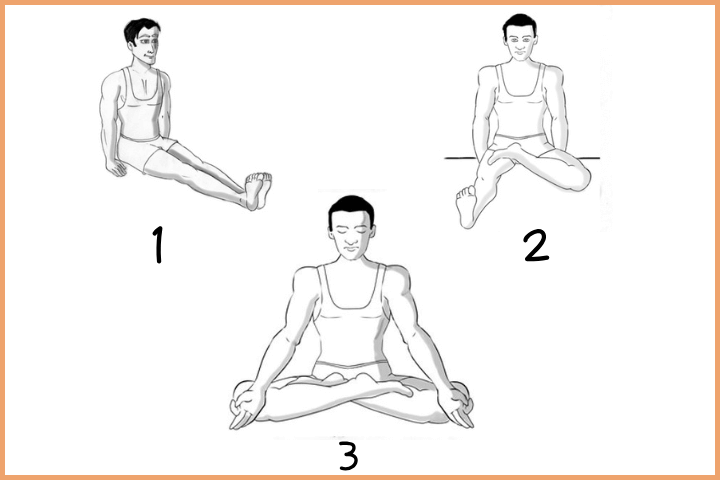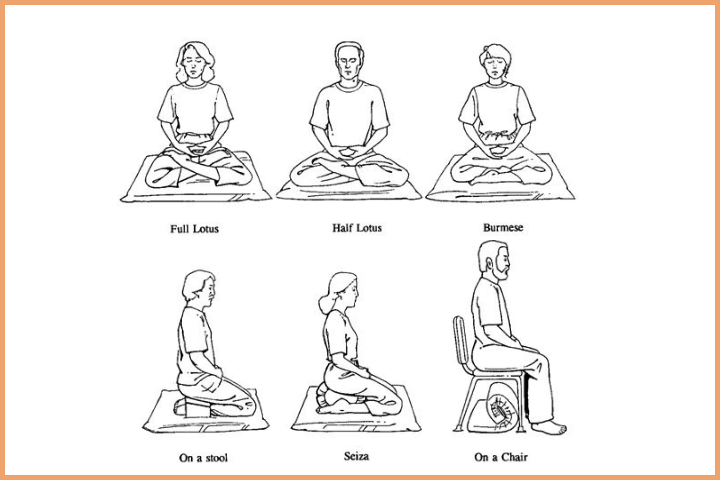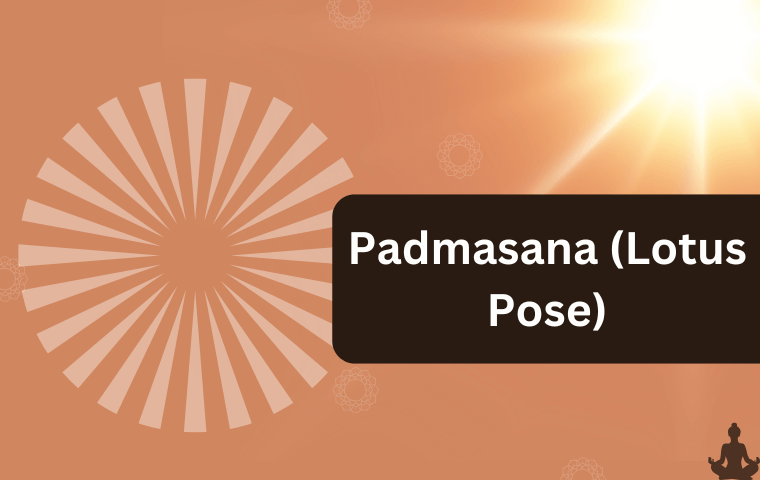Padmasana also referred to as the Lotus Pose is a seated yoga posture that is highly valued for its benefits to both the body and mind. This ancient pose draws inspiration from the lotus flower, a symbol of purity, enlightenment, and spiritual growth. Much like the lotus rises from the mud, Padmasana inspires us to transcend life’s obstacles, promoting peace and mindfulness. It is often used in meditation practices to deepen focus, enhance relaxation, and calm the mind.
What is Padmasana?

Padmasana involves sitting cross-legged with each foot resting on the opposite thigh. This yoga pose is known for its ability to open the hips and improve flexibility in the legs, ankles, and spine. When performed correctly, it encourages a straight posture and activates various muscles in the body, making it both a grounding and an expansive pose.
The lotus flower, frequently seen in Hindu and Buddhist imagery, represents transformation and spiritual enlightenment. In the same way, Padmasana serves as a foundation for achieving greater mental clarity and physical stability during meditation. It is also believed to help stimulate energy flow throughout the body, particularly through the spine and higher centers of consciousness.
Benefits of Padmasana
The practice of Padmasana offers numerous physical, mental, and spiritual benefits:
- Improves Flexibility: This pose helps open the hips, stretch the ankles, and promote flexibility in the legs and lower back.
- Promotes Better Posture: Padmasana encourages a tall, straight spine, aligning the body and improving posture.
- Boosts Focus and Concentration: Sitting in stillness enhances mental clarity, helping to improve concentration during meditation.
- Reduces Stress: Padmasana stimulates the parasympathetic nervous system, encouraging relaxation and helping to alleviate stress and anxiety.
- Enhances Breathing: Regular practice of Padmasana supports deep, rhythmic breathing, which strengthens the lungs and improves overall respiratory function.
- Supports Digestion: The pose can stimulate the digestive organs, improve blood flow, and help alleviate digestive issues like constipation.
- Balances Energy: As a grounding pose, it stabilizes energy while also expanding awareness to higher consciousness.
- Improves Sleep: Padmasana’s soothing effects can aid in reducing insomnia and fostering improved sleep patterns.
- Strengthens the Pelvic Region: Padmasana strengthens the pelvic muscles, aiding in reproductive health and easing childbirth pain for women.
How to Perform Padmasana
Here is a step-by-step guide to practicing Padmasana:

1. Sit on the Floor: Begin by sitting with your legs straightened and extended ahead of you, resembling the Dandasana posture.
2. Bend the Right Leg: Bend your right knee and rotate the leg outward from the hip. Cradle your right foot with your hands and bring it toward the left hip crease.
3. Bend the Left Leg: Now, bend your left knee and rotate the left thigh outward. Lift your chin and place your left foot over the right foot, tucking it into the right hip crease.
4. Align Your Feet and Knees: Ensure that the tops of your feet are resting on your upper thighs, and let your knees fall gently toward the floor.
5. Straighten Your Spine: Sit up tall, lengthen your spine, and lift your chest. Ensure your back is upright to preserve correct alignment.
6. Breathe Deeply: Focus on your breath, inhaling and exhaling deeply. Stay in the pose as long as it feels comfortable.
Tips for Beginners
- Take It Slow: Padmasana requires flexibility in the hips and knees. Do not force yourself into the position if it feels uncomfortable. Work on gradually improving your flexibility.
- Use Props: If you’re new to the pose, you can use props like a cushion or folded blanket under your hips or knees for support.
- Alternate Leg Cross: To prevent imbalances in the hips, alternate the cross of your legs regularly. For example, cross your right leg first on even days and your left leg on odd days.
- Don’t Overstretch: Ensure that both your inner and outer ankles stretch evenly. Avoid overstraining one side of your body.
Precautions to Take
While Padmasana is a beneficial pose, it’s important to keep in mind a few precautions:
- Injury or Surgery: If you have any knee, ankle, or back injuries, avoid Padmasana as it may exacerbate the discomfort.
- Pregnancy: Pregnant women should avoid Padmasana if they have swelling in the ankles or back pain.
- Arthritis: Those with arthritis in the knees should practice caution, as the pose can place pressure on the joints.
- Lower Back Issues: If you suffer from sciatica or lower back pain, it’s best to avoid this pose or consult a yoga teacher for modifications.
Different Variations of Padmasana
If the full Padmasana feels too challenging, try these variations:

- Ardha Padmasana (Half Lotus): Place one foot on the opposite thigh, and let the other foot rest on the floor.
- Lotus in a Chair: This variation is accessible for those with mobility issues and involves sitting in a chair while crossing the legs.
- Scale Pose: This involves balancing both legs off the ground and strengthening the core and arms.
Cultivating Inner Harmony with Padmasana
Padmasana is a powerful yoga pose that brings many benefits to the body and mind. Whether you’re using it as a seat for meditation or simply to stretch and open your hips, this pose promotes relaxation, focus, and mental clarity. Remember to practice with patience and respect for your body’s limitations, gradually working toward deeper flexibility and alignment. With consistent practice, Padmasana can help you achieve a greater sense of peace, balance, and inner harmony.

